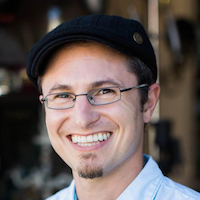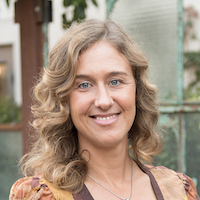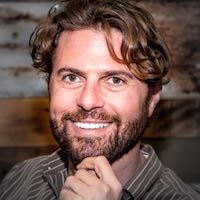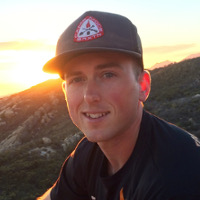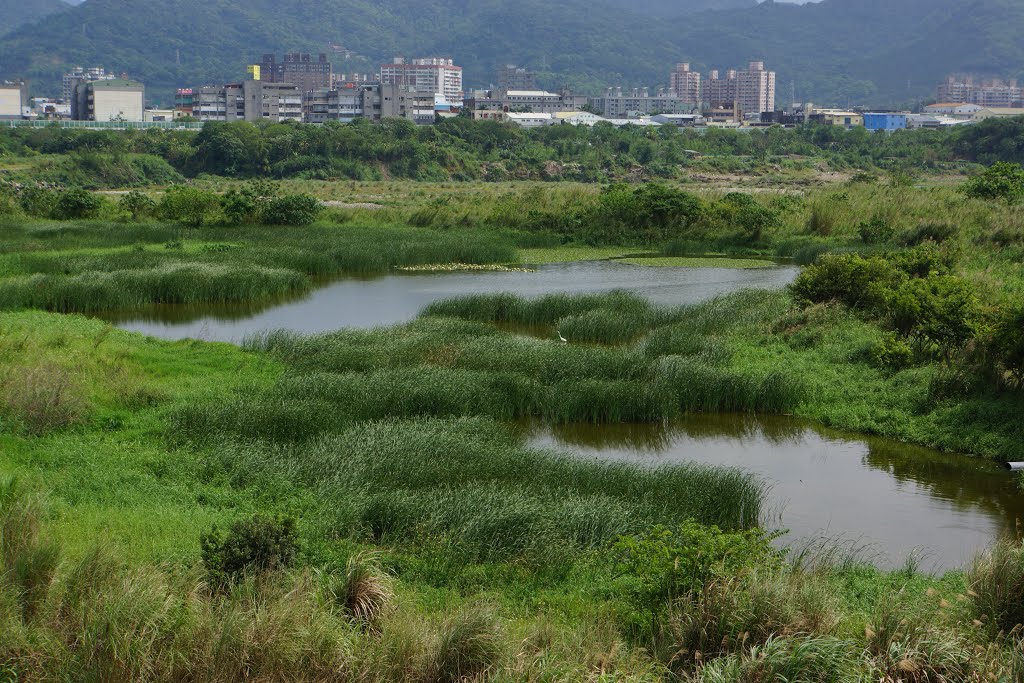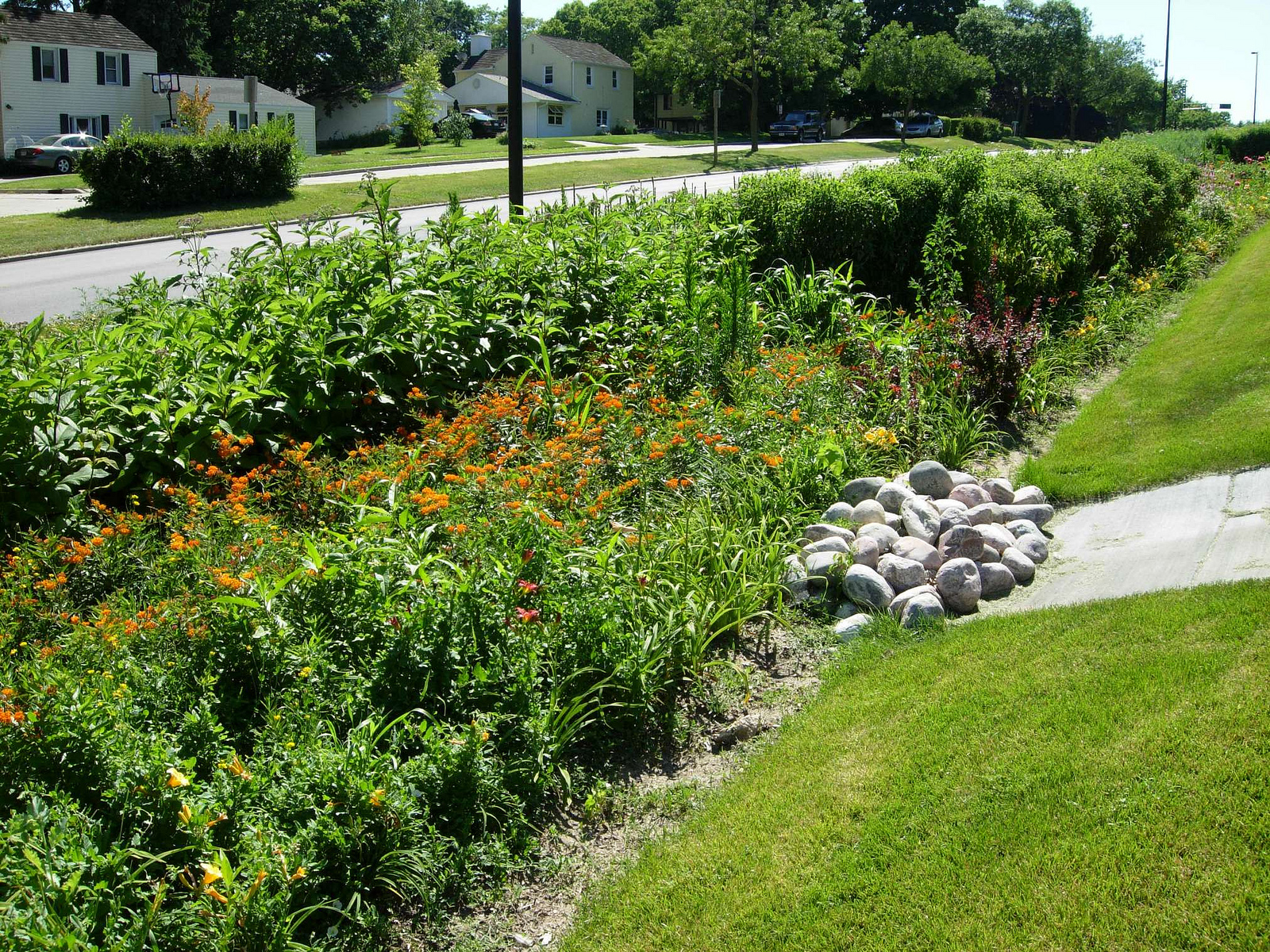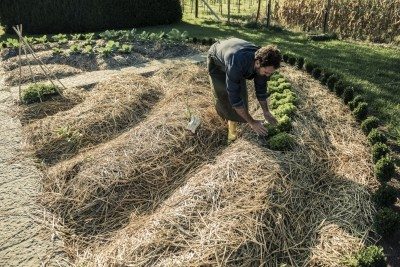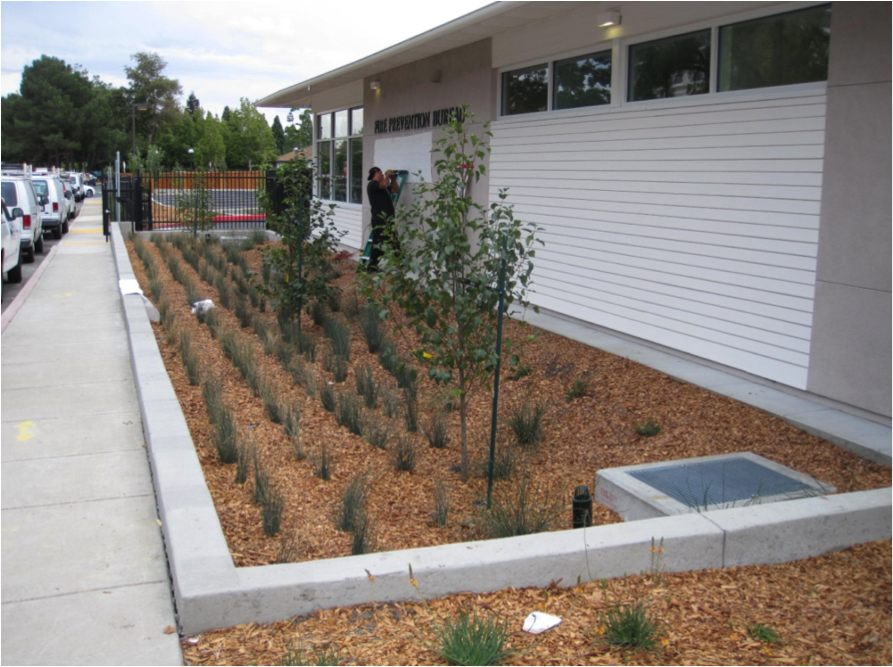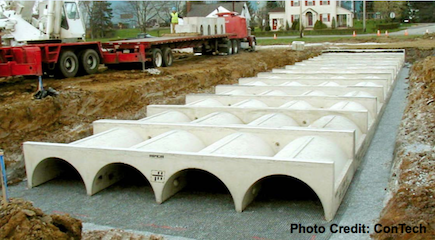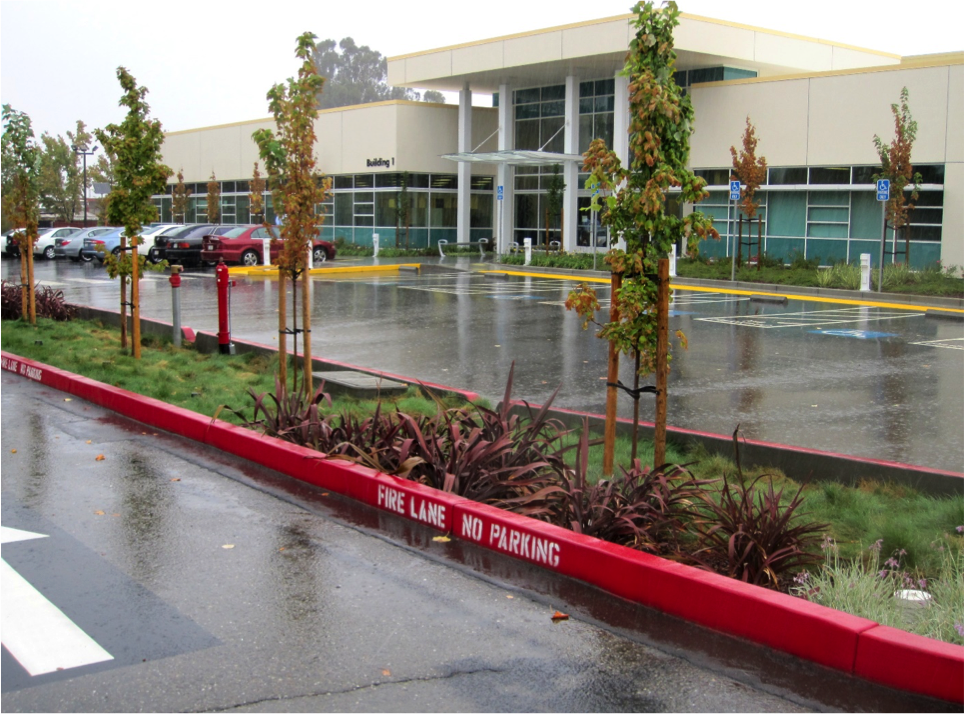Applications
These applications provide a regional city planner view of where water recharge could be best incentivized (Recharge Index), and then a landscape designer perspective of which practices could provide the most benefit given the context of the given parcel (Permeable Practices Index).
Recharge Index
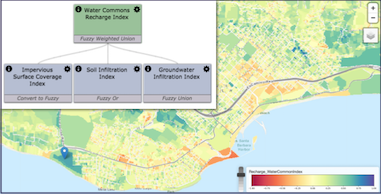
Evaluate parcels within the watershed based on impervious surface, soil properties, and aquifer location. Status: Beta.
Permeable Practices Index
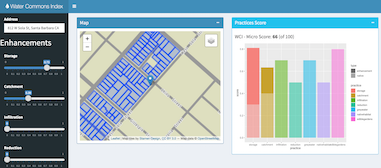
Based on the context of a given parcel from the Recharge Index, various permeable practices are suggested. Status: Pre-alpha.
